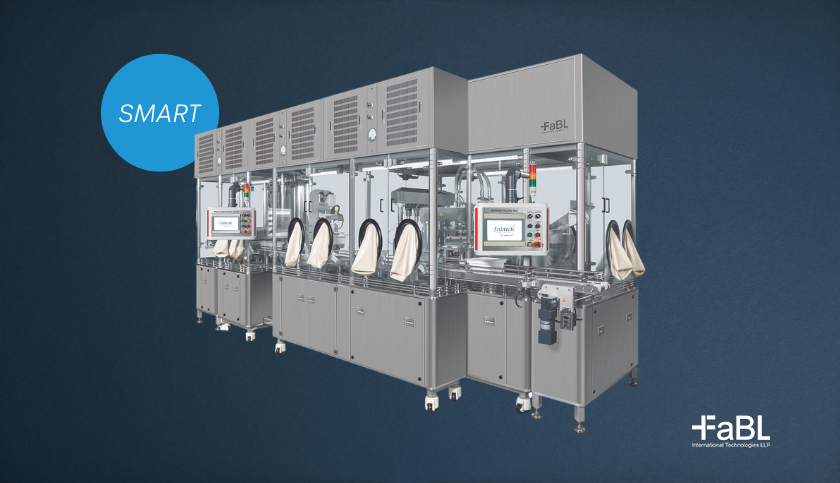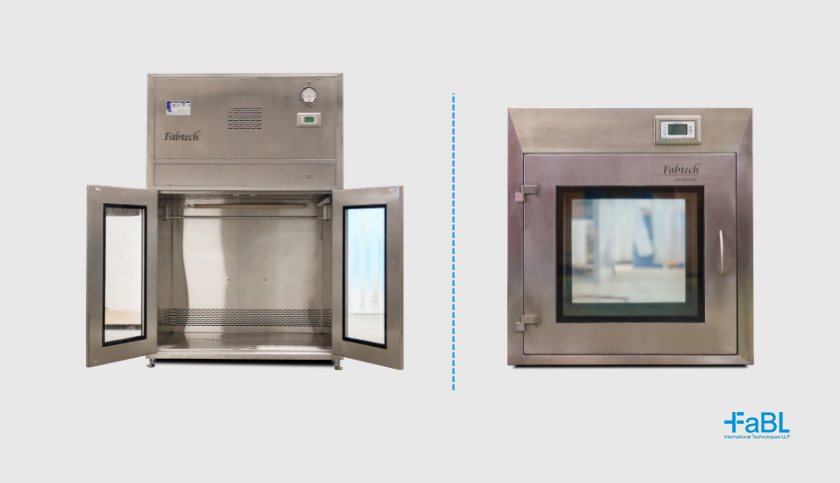Non-Sterile Oral Solids mainly refer to the following, namely Tablets Capsules and Powders and Granules. As a continuation of the Granulation 101 blog , this article touches upon the importance of the granulation process.
Manufacturing of tablets by the direct compression method would be the ideal choice of processing. However, most substances need to be granulated by any of the commonly used granulating methods to yield the following properties such as
- Densification
- Flow property
- Granule Size Distribution
- Compressibility and
- Moisture Content
Densification:
Densification, an essential Critical Quality Attribute (CQA)is desired only to the level where the dose required along with the excipients (i.e. the whole mix for the single tablet) is accommodated into the tooling size used for the compression.
Porosity in granules is a crucial attribute that plays a significant role in successful compression and influences the performance of the tablet. Porous materials are known to compact better. Foam Granulation is a technique that achieves this very well but not entirely necessary. Good porosity can be achieved by administering the density of the wet granules and selecting the right mill sizes.
The purpose is to ensure an accurate density of the processed granules, that can be compressed into tablets. However, if the granules are of a higher-density, then compression would be slightly more challenging as it will require higher mechanical pressure for further compression due to a higher-density of the granules. A desired level of densification is achieved
- when the granules are compressed with medium compressional force,
- the tablets have a higher density, and great cohesive strength,
- yet, they quickly disintegrate in water
The ideal poured density of the dried granules before compression should be between 0.55 to 0.65 gms per cubic cm.
Flowability:
Another critical parameter that demands attention during tablet processing is the size of the granules. The percentage of APIs in the drug substance and the tablet's overall appearance are both a function of the particle size distribution.
In simple terms, even though the powder or granules may be fine particles; however, if the shape is spherical or near-spherical, it can be compressed into an aesthetic pharmaceutical tablet. A typical example of direct compression excipients is DCL Avicel and DCL Lactose. Being powder blends mainly fines, even though they pass through 100 mesh they flow and compress effortlessly.
On the contrary, if the compressible mix is largely discrete granules with a minimal amount of fine powder, then the resultant tablets will be rough in appearance and have low hardness and low cohesiveness resulting in a weak drug delivery system.
In a best-case scenario, the compressible material should be a careful mix of both large and small granules (including fines) that follows a Natural Distribution Curve. The ideal distribution range for granules is from a 24 mesh screen size to 100 mesh screen size. The average particle size for a large tablet would be bigger and smaller for a small-size tablet. A best practice is to create a trend chart at the development lab, correlate the tablet performance that would help set up guidelines for product scale-up or technology transfer at a later stage.
Granule Size distribution:
Another critical parameter that demands attention during tablet processing is the size of the granules. The percentage of APIs in the drug substance and the tablet's overall appearance are both a function of the particle size distribution.
In simple terms, even though the powder or granules may be fine particles; however, if the shape is spherical or near-spherical, it can be compressed into an aesthetic pharmaceutical tablet. A typical example of direct compression excipients is DCL Avicel and DCL Lactose. Being powder blends mainly fines, even though they pass through 100 mesh they flow and compress effortlessly.
On the contrary, if the compressible mix is largely discrete granules with a minimal amount of fine powder, then the resultant tablets will be rough in appearance and have low hardness and low cohesiveness resulting in a weak drug delivery system.
In a best-case scenario, the compressible material should be a careful mix of both large and small granules (including fines) that follows a Natural Distribution Curve. The ideal distribution range for granules is from a 24 mesh screen size to 100 mesh screen size. The average particle size for a large tablet would be bigger and smaller for a small-size tablet. A best practice is to create a trend chart at the development lab, correlate the tablet performance that would help set up guidelines for product scale-up or technology transfer at a later stage.
Compressibility Factor:
The pre-requisite for any material that goes into tablet production is the compressibility factor of that material to form a tablet.
The endpoint is a very critical control element when the granules are processed. Over granulation (or over densification) can cause problems during compression. During the Wet Mixing Process, once the binder is introduced, powder particles come together to form larger agglomerates and consequently dried that removes the moisture fusing them into bonds. This process is described as solid compression.
Alternatively, if this takes place at a high level, then there is no room to compress powder particles in Tabletting machine the next immediate stage in Tablet production. It is, therefore, imperative to leave some margin between the granules and the compression machine for better compression of the tablet.
The following test is performed on granules that are ready to be compressed. This test helps in describing the compressibility factor known as the Hausner Ratio. The test determines compressibility using the following formula:
Compressibility = (Tapped Density – Poured Density / Poured density) x 100
(Note: An ideal percentage for producing good hard tablets under optimal compression Force is between 10 to 30 % )
Moisture Content:
The moisture content in granules should be ideally between 1 to 3 % tested by Loss on Drying. This would diverge from product to product, and the above can best serve as a guideline, and one has to follow what is best suited for drug stability.
At Fabtech, we manufacture and supply single units or complete production lines for powder processing, oral solid dosage forms and tablet coating, from laboratory to production scale. To know more, please use the form below to get in touch.




